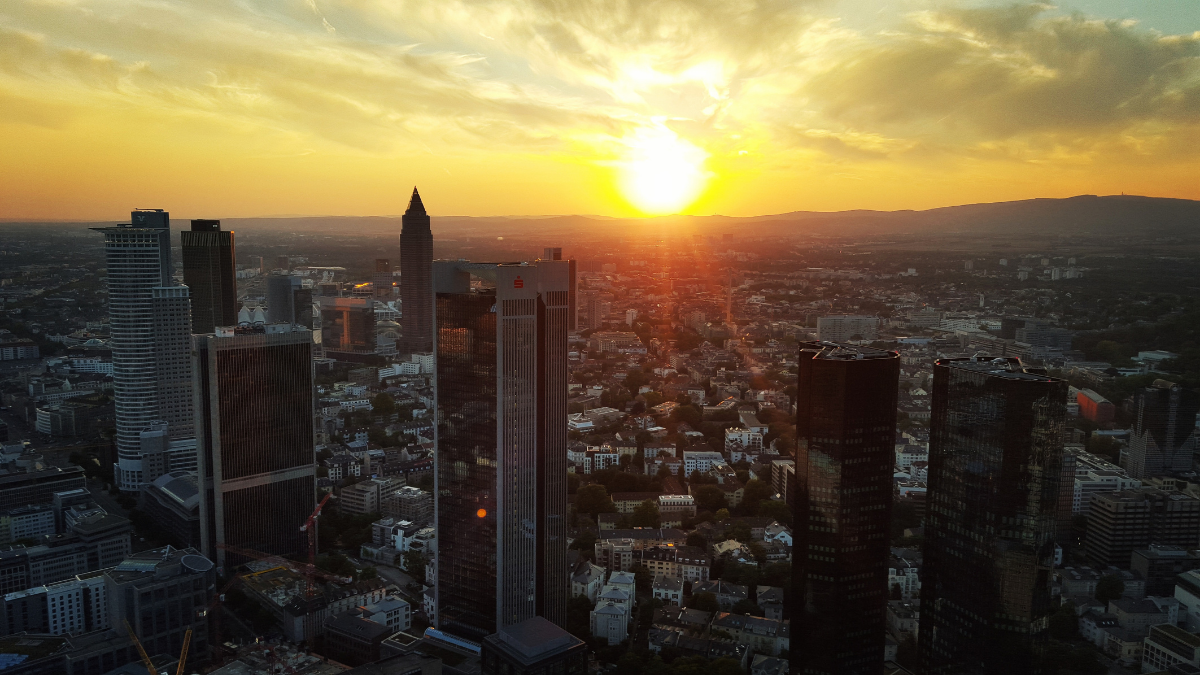Australia is no longer in a recession and economic growth is predicted to continue into the December quarter.
On Wednesday, the ABS revealed a 3.3 per cent growth number for the September quarter, which is the highest quarterly figure since 1976. This figure would have been higher if there was no second wave in Victoria.
Economic growth is also expected to continue into the December quarter, as the Government’s tax cuts and JobMaker credits are added into the economy.
“Given these developments, we are now expecting GDP growth to be solidly positive in both the September and December quarters. And then, next year, our central scenario is for the economy to grow by 5 per cent and then 4 per cent over 2022,” said RBA Governor Dr Philip Lowe.
The growth correlated with higher consumption as social distancing measures and trading restrictions were eased across states and territories during the September quarter.
“Household spending drove the economy, rising 7.9 per cent due to increased spending on both goods and services. Spending on services rose 9.8 per cent, driven by spending on hotels, cafes and restaurants, health and recreation and culture as containment measures were relaxed. The easing of restrictions also increased demand for goods, which rose 5.2 per cent,” reported the ABS.
The recovery will be “uneven” and “drawn out”
This growth comes after the 7 per cent contraction in June, Australia’s worst recorded fall in economic activity.
Thus scarring from the recession will still take a considerable time to recover from.
“Technically the recession is over, but the recovery is not,” said Treasurer Josh Frydenberg.
Mr Frydenberg noted that consumer confidence had been bolstered by the $200 billion of government assistance that cushioned the blow caused by the pandemic.
“It’s the culmination of the significant government support. It’s the reflection of the virus being suppressed across the nation and … you’re seeing business confidence, consumer confidence coming back,” said Mr Frydenberg.
Dr Lowe also warned that getting back to pre-COVID levels may take another year.
“These positive figures, though, cannot hide the reality that the recovery will be uneven and it will be bumpy and it will be drawn out. Some parts of the economy are doing quite well, but others are in considerable difficulty,” said Dr Lowe.
“Australia is likely to experience a run of years of relatively high unemployment, unemployment being too high and wage increases and inflation being too low, leaving us short of the Reserve Bank’s goals.
“Even with the overall economy now growing solidly, it will not be until the end of 2021 that we again reach the level of output recorded at the end of 2019.”
Australia’s economy is still 4.2 per cent smaller than it was in the December quarter of 2019 and 6.4 per cent smaller than the RBA’s pre-COVID forecasts.
Deloitte Senior Economist Harry Murphy-Cruise also points out that although Australia has fared better than other countries, Australia’s recovery is still in its early stages.
“The good news is that Australia’s economy wasn’t as hard hit as most other nations. And, with Australia’s COVID numbers extremely low, state borders opening up and vaccines on the horizon, that leaves us really well-placed.
“But the bad news is that the damage still remains deep, and that Australia still has a substantial repair task on its hands.”
Keep up to date with our stories on LinkedIn, Twitter, Facebook and Instagram.

